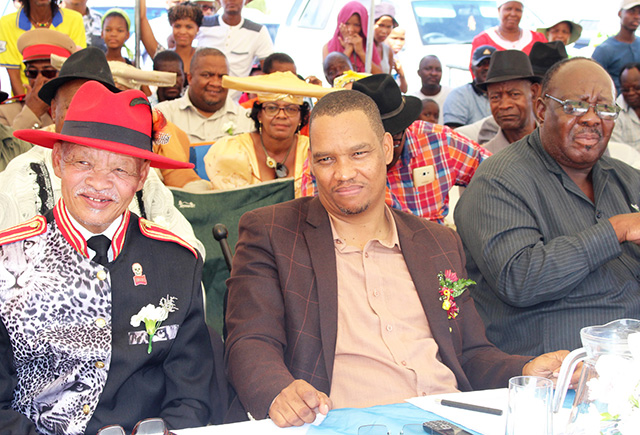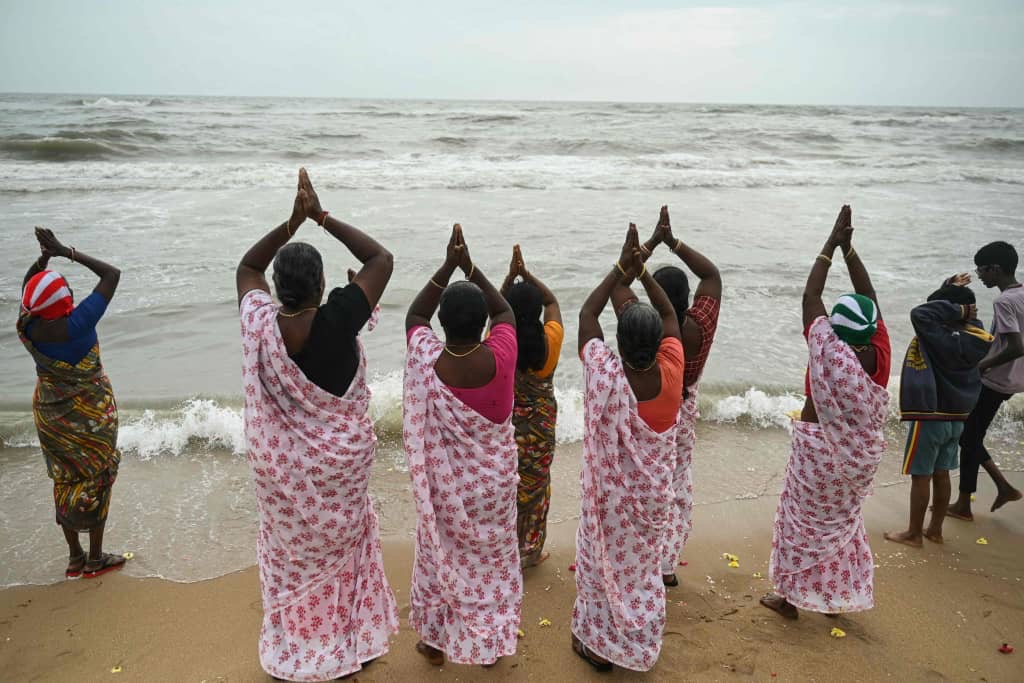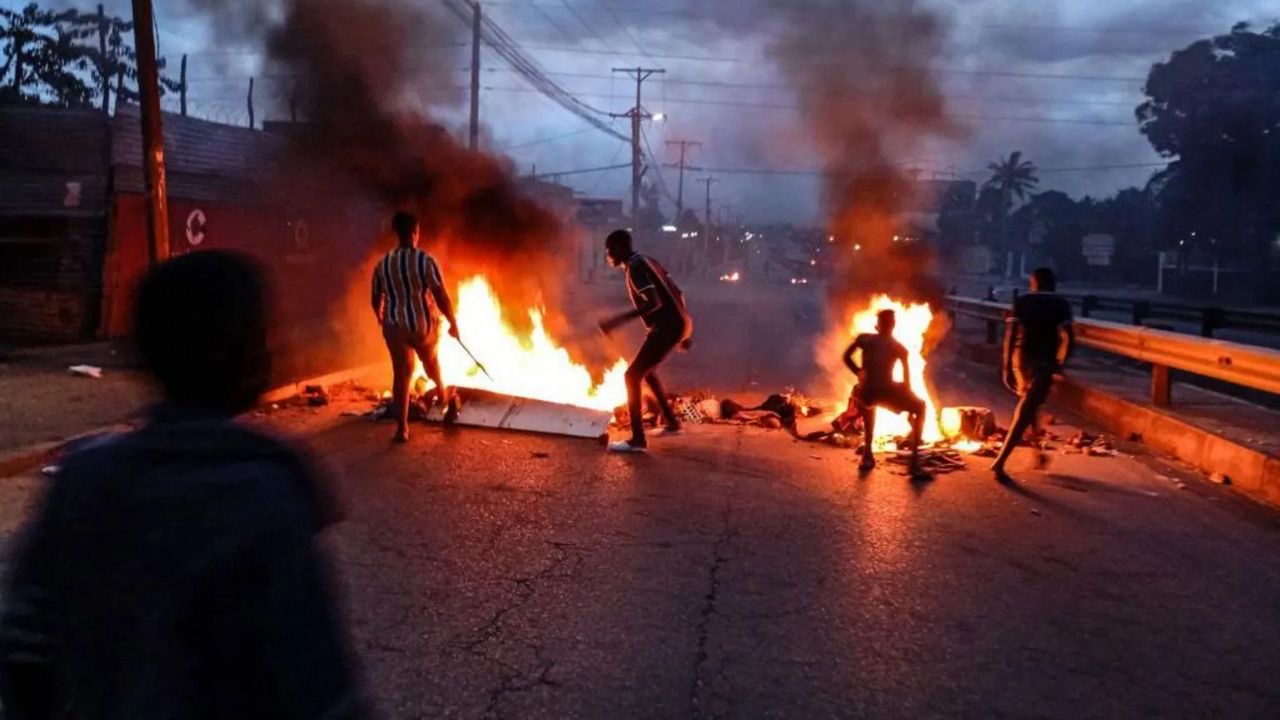The session started with a statement expressing a feeling of ‘congestion’ in communal areas, that “we can’t move”; and that this is the result of the historical dispossession of land.
Land dispossession was linked to generational poverty, passing on a disadvantaged condition from generation to generation. While it was also acknowledged that ancestral land claims can overlap and that the matter is complicated, this is not reason enough to avoid the discussion on ancestral land altogether. In this light, it needs to be recognised that not all cultural groups lost land. Based on this assessment, it was stated that the debate on ancestral land requires a process that should not stop with the second national land conference, but that continuous dialogue, led by the civil society coalition, is required.
(Note: This section does not summarise the position of each affected party, but rather highlights some of the points that were raised during the session.)
Ancestral land can be defined as the place of culturalisation, where one has become aware of one’s culture; a place with a religious or spiritual meaning; and a place with burial sites. Before colonisation established fixed borders, boundaries were constantly negotiated between indigenous groups.
To have a cut-off date for ancestral land claims is important. It is possible to use 1884 as the cut-off date, as that is the date when the African continent was sub-divided among colonial powers at the Berlin Conference, and where borders of contemporary nation states were first established.
Another relevant date is 1905, when the Germans expropriated all land in the police zone by imperial decree. Prior to this, the Germans recognised the land ownership of indigenous groups, as is evidenced by maps and various agreements. At the same time, a precise cut-off date is difficult to justify, as some areas may be claimed by various groups.
‘Agricultural productivity’ should not be used as an excuse to dismiss a conversation on ancestral land.
A process dealing with ancestral land will be conducive to nation-building, as there are still unresolved tensions between various groups today.
The second national land conference should not aim to ‘resolve’ the issue of ancestral land, but recognise its central importance, and establish a process through which the issue can be dealt with.
As long as there is no clarity on the national position on ancestral land, ongoing land reform programmes should be suspended.
Restorative justice does not necessarily mean restitution of the land, but could include mechanisms for affected parties to benefit in other ways.
The key question is whether it is about restoring land (restorative justice), or simply being resettled somewhere (redistributive justice).
Article 16 of the Namibian Constitution deals with ‘property’, and it was a compromise to protect white landownership for a ‘peaceful transition’. However, it creates an absolute right to property. The way this article is structured makes it difficult to effect redistribution. This article includes the provision for expropriation in the public interest, as long as it is ‘subject to the payment of just compensation’.
However, the law has not spelled out what the nature of ‘just compensation’ is, so ‘market value’ is assumed.
Expropriation in the public interest takes place on an everyday basis for infrastructural development, for example when new power lines or roads are built. The difficulty comes when land is expropriated from one party to hand it over to another party ‘in the public interest’. The requirements set out in the Agricultural (Commercial) Land Reform Act for expropriation are very stringent and cumbersome to fulfil.
As part of Chapter 3 of the Constitution, which deals with fundamental rights and freedoms, Article 16 is protected by Article 131, ‘Entrenchment of Fundamental Rights and Freedoms’, making it impossible to amend it in any way that deducts from the rights provided under it. However, a strategic approach could be to add something to Article 16.
Also, Article 23, which aims to redress the legacies of apartheid, could be invoked to create a renewed and progressive land redistribution programme. Article 100 gives the government the ‘sovereign right’ to natural resources, with the caveat that this applies only where these are not already ‘legally owned’.
It is perceived that the government has no genuine redistributive agenda, and the emphasis is not on ‘the poor’. There is little imagination about how things could be different, and discussions remain constrained within ‘what is possible’, instead of thinking ‘out of the box’.
There is no comprehensive definition for restorative justice, but according to the United Nations Office of the High Commissioner for Human Rights (UNOHCHR), it includes ‘the provision of an opportunity to share experiences, a focus on restoring relationships, a requirement of an apology and/or reparation, active participation by the parties in negotiating a just resolution, and an emphasis on creating a dialogue between the parties’.
The steps towards reconciliatory justice include recognition, responsibility, remorse, restitution, reparations, redesigning state political-legal institutions, refraining from future injustices, and reciprocity with regards to the obligations on the harmed.
Case laws where ancestral land in Africa was internationally recognised include the 2017 Ogiek case (Kenya); the 2009 Endorios case (Kenya); the 2006 Sesana case (Botswana); and the 2014 Richtersveld case (South Africa). While ancestral land often does not rely on written contracts or title deeds, this does not diminish the obligation to honour ancestral land claims.
Namibia has signed the UN Declaration on the Rights of Indigenous Peoples (UNDRIP), which states that indigenous people ‘are entitled without discrimination to all human rights recognised in international law and […] possess collective rights that are indispensable for their existence’.
It is fundamental to create the conditions for free, prior and informed consent. Without this, it is dubious whether the second land conference will have the legitimacy it requires to deal with such key issues.
There are Unesco conventions that speak to the issue of culture and nature, which can be invoked to protect the existence of cultural landscapes. The World Heritage Fund provides resources from which states and also communities can draw to preserve such places. These conventions protect not only ‘nature’, but also the people who live in close connection with it.
Sometimes development and industrialisation lead to the displacement of indigenous people. In some cases, resource extraction devastates entire areas which had cultural value.
Stay informed with The Namibian – your source for credible journalism. Get in-depth reporting and opinions for
only N$85 a month. Invest in journalism, invest in democracy –
Subscribe Now!







